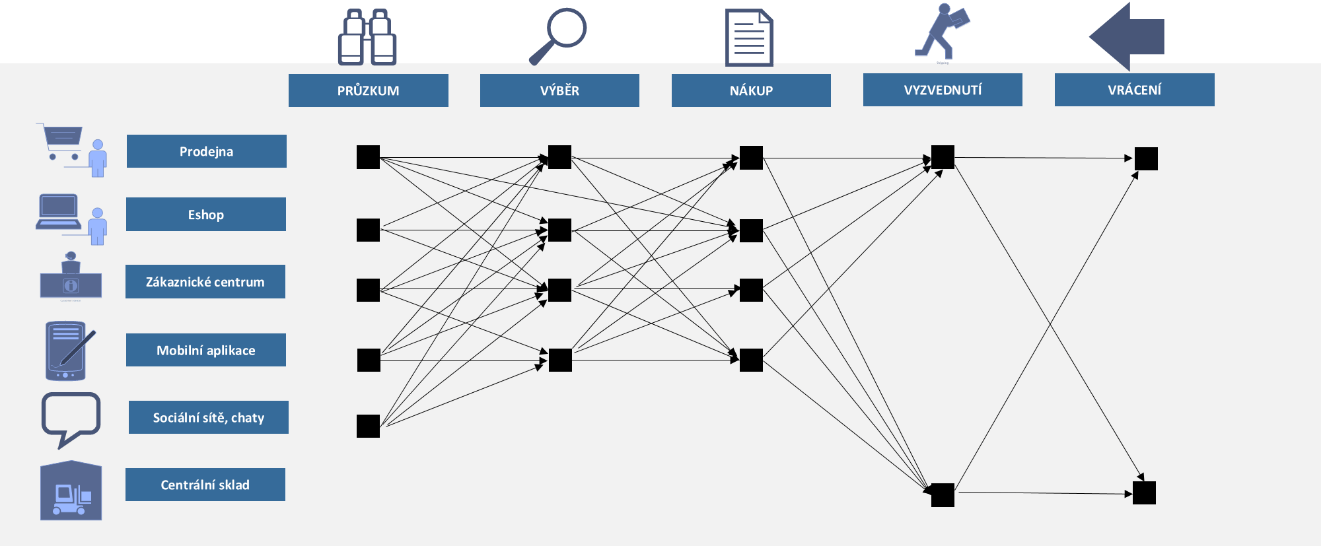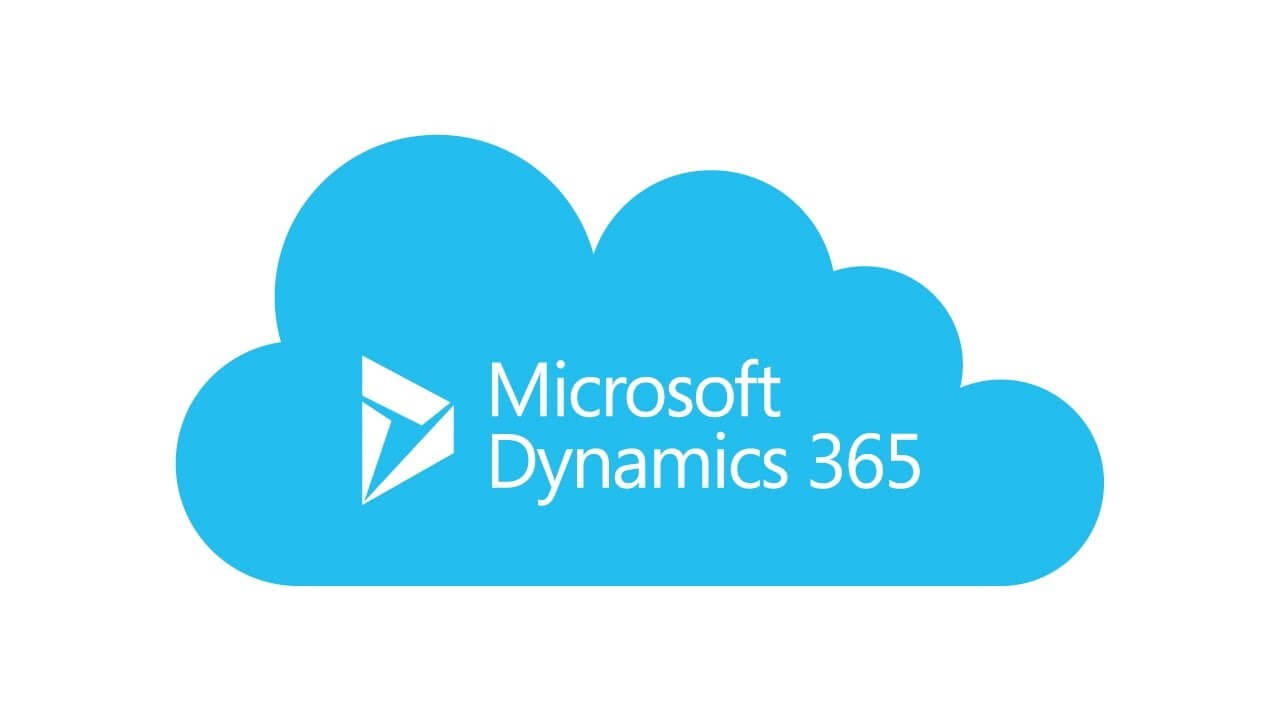The world of Dynamics 365 - do you know all its possibilities?
Omnichannel
Recently, the word omnichannel has been bandied about more and more in the context of retail. What does omnichannel mean from a customer perspective? What does it mean for retailers? How easy is it to prepare for omnichannel? If you're interested in the answers to these questions, you've come to the right place.
If we look at the word omnichannel purely in terms of linguistic meaning, we can divide it into two parts - omni and channel. Omni comes from Latin and is actually a prefix meaning "all". Channel means "channel", in our case a sales channel or a channel for communication with the customer. So by combining the two parts we get to the meaning of "all channels".
Omnichannel is composed of two words omni and channel. Omni = prefix meaning everything and Channel meaning "channel" i.e. sales channel for communication with the customer
How the customer sees it
And indeed it is. Omnichannel means the integration of all possible sales and communication channels into one whole. To understand the importance of omnichannel to the customer, let's break down a typical purchase into its component steps. This breakdown could look like this: market research, selection of goods or services, the purchase itself, i.e. ordering, or returning goods or making a complaint.
The customer performs all of the following activities when making a purchase. A functioning omnichannel means that the customer has a choice of all available sales channels to perform any purchase step, and moreover, whatever step-channel combination they choose, they always get the "same experience". So no matter which path they choose for their purchase, none is better or worse. The customer can concentrate on the purchase itself and does not have to worry, for example, about not getting qualified advice at the store and having to read the parameters of the desired smart TV on the e-shop himself.
The whole principle of omnichannel could be illustrated by the following diagram:

And what do the merchants say
Today's customer is slowly and surely starting to take omnichannel for granted, which can put pressure on marketers to adapt quickly to this trend. But at the same time, omnichannel represents a huge opportunity. Opening up new communication channels allows you to work with customers on multiple fronts. Moreover, by tracking customer behaviour across omnichannel, it is possible to better understand their needs, which a savvy marketer can easily turn into a competitive advantage.
So what can omnichannel look like in practice? Typical features of omnichannel are:
- all channels offer the same product range at the same prices, including additional services
- the goods are equally available to the customer regardless of where they buy from
- loyalty programmes work across all channels
- customer information support is at the same level on all channels - a salesperson on the shop floor can give advice just as well as a call centre or eshop chat
- you can create an order anywhere (e.g. on the web) and complete it anywhere (e.g. pick it up in store)
What role does IT play
Putting omnichannel into practice requires, in addition to procedural business case management, a very well-functioning information system. In particular, data integration is important, which in practice means the following:
- products, their descriptions and features are available in identical form for all channels
- all channels have online information on the availability of goods
- customer data and purchase history are also shared, which is particularly important for the operation of loyalty programmes
In addition to data integration, we also talk about function integration in the context of omnichannel. For example, if we have a discount program, it is necessary that the calculation of the customer discount always leads to the same result regardless of whether the customer applies the discount on the web, in the store or via the call center.
See how a customer can act, and who all should have access to the order so that the customer can easily complete the order
Another example of an integrated function is the processing of the customer order itself. Let's imagine the following scenario: a customer creates an order on an e-shop with home delivery. Then he changes his mind, calls the call center and says that he will come to the store in person to pick up the goods. There he adds something to his order, pays and leaves. Covering this case requires an integrated order processing function. The order must be accessible to both call center and store personnel, and it must be possible to change the order in any way from either location.

The introduction of omnichannel requires retailers to implement an integrated information system. An example of a solution that natively supports omnichannel is Microsoft Dynamics 365.
How specifically can Dynamics 365 help in the field of omnichannel we will show in one of the next articles.

